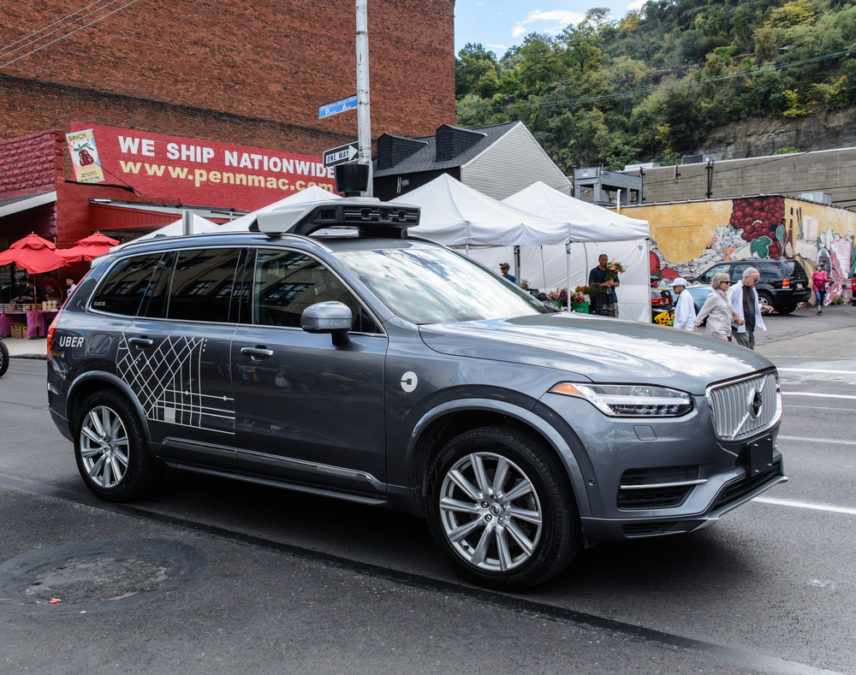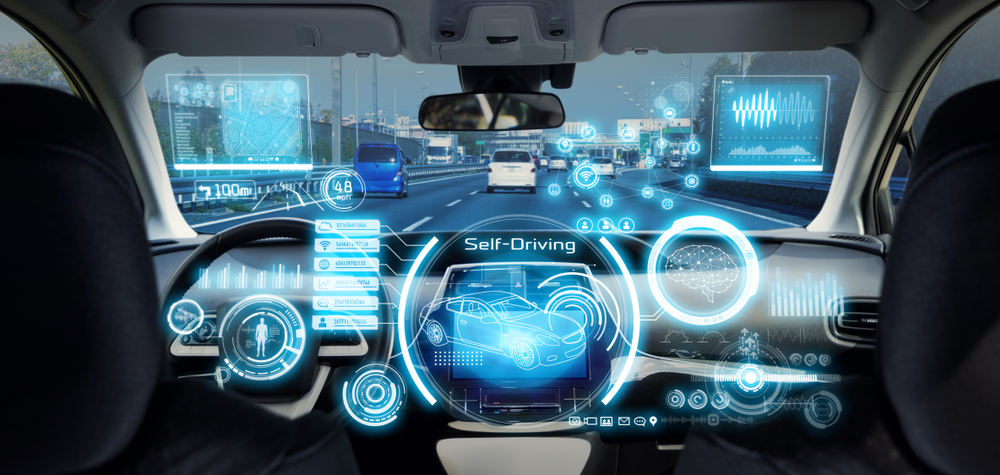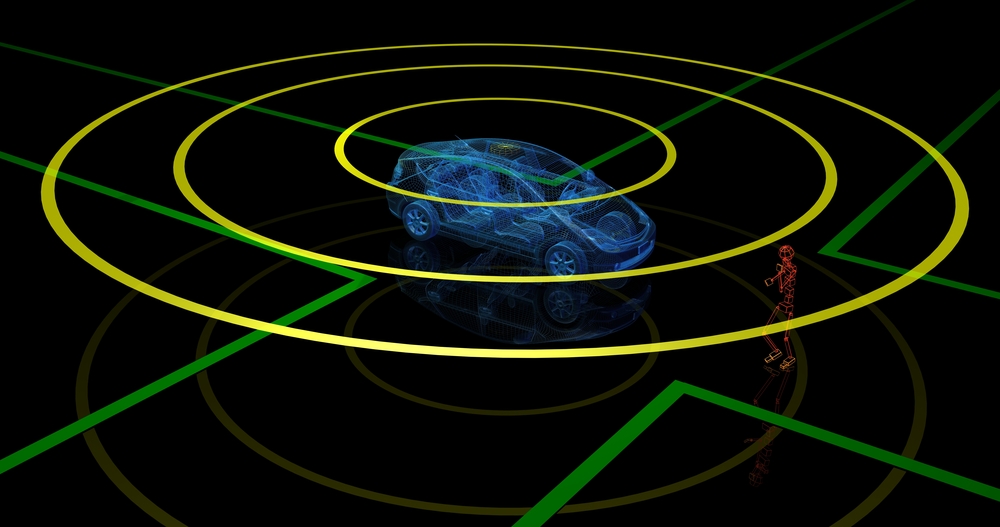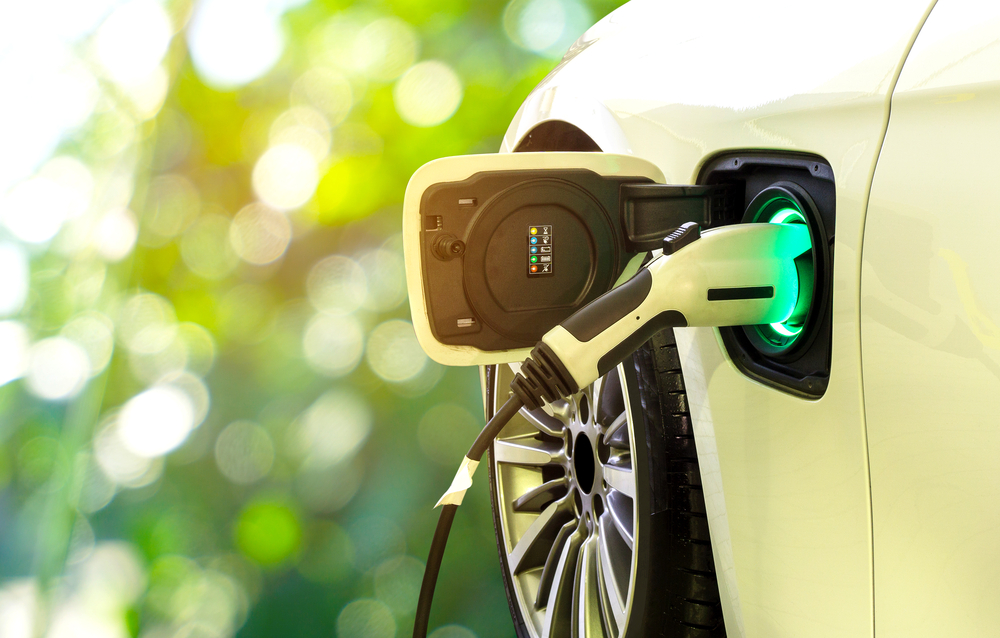Self-Driving cars have really come a long way.
Over the last decade, companies from around the world have been driving the innovation necessary to make the autonomous driving revolution a reality.
By December of 2018, Google’s autonomous driving car project Waymo started offering a driverless taxi service in downtown Phoenix, Arizona. Only available to a few hundred carefully selected riders, Waymo’s service is just getting off the ground, but represents a bold new step in the evolution of the way people connect with automobiles.
For some of us, the idea of giving up control over driving holds little appeal, but for many consumers the idea of being able to ride hands-free to work sounds like the Jetsons future they always imagined.
As impressive as Waymo’s pioneering ride service is, it’s important to note that human operators are still behind the wheel of the company’s car – though only as an added safety precaution as the service’s technology continues to be vetted.
Nonetheless, with commercial self-driving car services on the market, it’s clear transportation as we know it is changing forever.
Mobility Services Driving Innovation
Recently nearly every major automaker has begun to emphasize their desire to transform into “mobility service providers.” GM, Nissan, Honda, Daimler, Hyundai, Volkswagen and Ford are just some of the key brands that have made recent partnerships with the disruptive mobility service providers which have been driving so much transformation in the global automotive industry.
Companies like Uber, Lyft along with smaller startups such as May Mobility, Drive.ai, are all researching and investing heavily in the autonomous driving revolution.

So called, smart mobility services encompass:
- Ride Sharing
- Ride Hailing
- Car Sharing
- Bike Sharing
- Mobility as a Service
- Microtransit
The new 21st Century technologically driven “gold rush” is being driven by a mix of well established multinational corporations and innovative startups joining forces to make sure the most advanced cars in the world see the light of day. It’s been suggested that driverless technology will add as much as $10 trillion to the global economy while saving millions of lives around the world.
While it is certain that the autonomous driving revolution will change the way we connect with our cars forever, many anticipate big changes to ripple across the automotive economy around the world. Some companies will survive and others will struggle to capitalize on the changes.
Businesses like gas stations, drive-thrus, taxi drivers and truckers could see their business models completely upended as driverless tech becomes more and more a part of our normal everyday life.
When cars first entered America’s streets they were known as ”horseless buggies” to describe the way they radically improved on the traditional four legged approach to travel which had been so dominant over the centuries. Similarly today, we will see terms like “driverless cars” become inadequate to describe the new types of vehicles we will soon see in our towns and on our streets.
The Birth of the Driverless Cars

Though driverless cars have been a part of many sci-fi versions of our future, it was only within the last decade that they became a realistic component of normal life. Everything changed when a project known as Urban Challenge, funded by the United State’s DARPA research program, was held on an abandoned Air Force Base outside Los Angeles, California.
The U.S. Department of Defense had invested huge amounts of time and money into researching unmanned trucks, stalling to find a way for them to drive efficiently at high speeds, under normal conditions. While the DOD was able to set the foundation for the driverless tech we know today, it was up to partnerships in the private sector for the revolution to really take off.
Google, through its partnerships with programs like DARPA, has been instrumental in the push towards making autonomous driving vehicles a reality. Many of the biggest tech companies, including Apple, have also invested in these projects.
Key Areas of Innovation in Autonomous Vehicles

Cameras
Cameras are an essential component of self-driving cars. They allow these automobiles to change lanes, spot traffic lights, read traffic conditions, and observe posted laws on sights. As camera technology advances, driverless cars become more and more of a reality.
Lidar
Lidar uses laser beams to be able to measure distances with the help of what is known as light detection and ranging. The data captured by Lidar is transferred into 3D models which allows these robo cars to have a precise understanding of the world around them. Unfortunately, current generation Lidar is extremely expensive, difficult to mass produce, and not strong enough to survive what most people end up putting their favorite cars through. Breakthroughs in this area will help bring the cost of autonomous driving vehicles down while also boosting their performance.
Artificial Intelligence
Machine learning helps self driving cars to detect lane lines, identify cyclists and react responsively to the types of white knuckle situations that human drivers often encounter. The world is too big and random for cars to be able to drive themselves without the ability to learn from past experience.
Maps
Before a self driving car takes to the streets, the company that produces it will use cameras, lidar and other data points to gain insight into the area it will travel. Reference maps are essential for allowing autonomous vehicles (AV) to understand the terrain around them. Standard GPS is not sensitive enough to meet the current demand for extremely sophisticated and technologically advanced mps.
Radar
Radar has been around automobiles since the 1990s. It is cheap, reliable and works in a variety of weather conditions.
Rapid Innovation and Exponential Growth

The 2004 Grand Challenge demonstrated how challenging it was to build a self driving car. Most of the year’s entries crashed, rolled, or otherwise suffered critical malfunctioning. The challenge was to drive 142 miles through the Mojave Desert and the best entrant was able to manage just seven miles.
In 2005, five vehicles were able to finish the course.
By the 2007 Urban Challenge, cars were avoiding challenging obstacles, following traffic laws, merging, parking and starting to complete the previously elusive “U-Turn”. In just a few years autonomous driving vehicles went from pipedream to concrete reality.
When Google joined the race with its own autonomous driving project in 2009, it was guided by a team of DARPA Challenge battle-tested experts. In less than 18 months, their driving system could navigate all of California’s toughest and most demanding roads.
Elon Musk and Tesla jumped into the game soon after.
Ride hailing services like Uber and Lyft helped to create the market conditions which have given traditional automakers around the world the incentive to try to break into the autonomous driving market.
As people around the world find that car ownership, especially in densely populated urban areas, may not be the best way to serve their mobility needs, a true self driving solution could revolutionize travel as we know it.
Understanding the AV Market
Car manufacturers like Ford, Nissan, Mercedes, Jaguar, Lexus, Toyota and Honda have all conducted research to try to understand how their customers will respond to new self driving vehicle products.
While there is a lot of interest and buzz around these new product lines, for the most part most consumers are still fairly apprehensive about the prospect of totally giving up control to a car.
Consumer doubt and outright fear of self driving cars is one of the key reasons why technological advances are necessary to be able to prove the safety and reliability of these new types of cars.
The autonomous vehicle market is projected to be very diverse and segmented:
- Luxury Oriented Consumers: These buyers are motivated by having the latest and greatest products to enhance their image and feeling of being on the cutting edge.
- Performance Oriented Drivers: Those who enjoy the sporty and skillful side of driving will be very interested in how AV solutions enhance the experience of driving.
- Environmentally Oriented Buyers: Green drivers believe in reducing their environmental impact. This segment may be more interested in electrical vehicles but these markets will overlap.
- Mobility Oriented Drivers: Those who simply want a cheap way to get from point A to B. This segment is likely to be engaged with ride hailing and other types of disruptive mobility as a service providers.
- SUV Buyers: Over 50% of all US cars are SUVs today. They are likely to have some interest in self driving cars.
- Pickup Truck Buyers: Pickup trucks are extremely popular. Because many truck enthusiasts enjoy the driving experience so much, they are seen as one of the segments that will have the lowest levels of interest in autonomous driving vehicles.
For many consumers, car purchases are largely related to image. How they see themselves and how they wish others to see them. A vehicle can be a reflection of the type of person you are, your style and your personal outlook on life.
Because so many drivers are expected to move slowly into a new automotive segment like AVs, it is considered to be a specific niche market similar to hybrid electrical vehicles.
The Case for the Electric Vehicle

As autonomous vehicles become more and more a part of everyday life, a complimentary development is the one involving electric vehicles (EV).
While most cars today still feature an internal combustion engine (ICE), they are quickly evolving to more electrically focused designs.
The electric hybrid vehicles already on the market such as the Prius, Tesla S and 3, Chevy Bolt and Volt as well as others from BMW, VW, and Mercedes among others.
Electrical vehicles driven by lithium-ion batteries are revolutionizing the way people drive and enjoy their cars. While they are good, the technology will have to improve and that is why so many car manufacturers are taking clear steps to control their supply chains for electrical storage technologies such as batteries.
One of the limitations to the widespread adoption of electrical vehicles and autonomous driving cars is the relatively short range they are able to travel. Today, the typical maximum is between 100 and 200 miles.
When you compare that to the 300 to 400 mile range for an average internal combustion vehicle, it is easy to see why the ICEs continue to be so dominant for so many consumer groups.
Another clear limitation is the lack of charging stations available in so many areas. Currently there are around 20,000 public charging stations and about 50,000 charging ports but many areas do not include these at all. As the numbers increase so will the viability of the concept. Though another hurdle for automakers to clear involves trying to reduce the amount of time it takes to recharge. Currently 30-60 minutes is standard which is much longer than the 5-10 minutes most consumers spend at a gas station filling their conventional ICE cars.
Conclusion
The global auto industry stands on the precipice of a bold, new world. A connected world. An electrical, autonomous world. While there are still many risks and questions to be worked out, it seems reasonable to presume that the way we know and think about cars could change forever in the coming years.
On the one hand the technology is interesting and awe inspiring, but on the other it is a bit threatening.
I for one would not look forward to a future in which it was impossible to take to the open road to explore with unbridled and maybe even slightly reckless abandon. I would not want to give up that freedom.
Alternately, I would not want to share my location at all times with a laundry list of corporations (one could argue we are already doing that with location apps on our phones). Nonetheless, the very nature of self driving cars means they will require us to share more with automakers than ever before.
While there is much to gain, many also see the potential to lose something we might not so easily reclaim. I think despite the potential problems, I am more inspired by autonomous driving cars than I am fearful of them.
